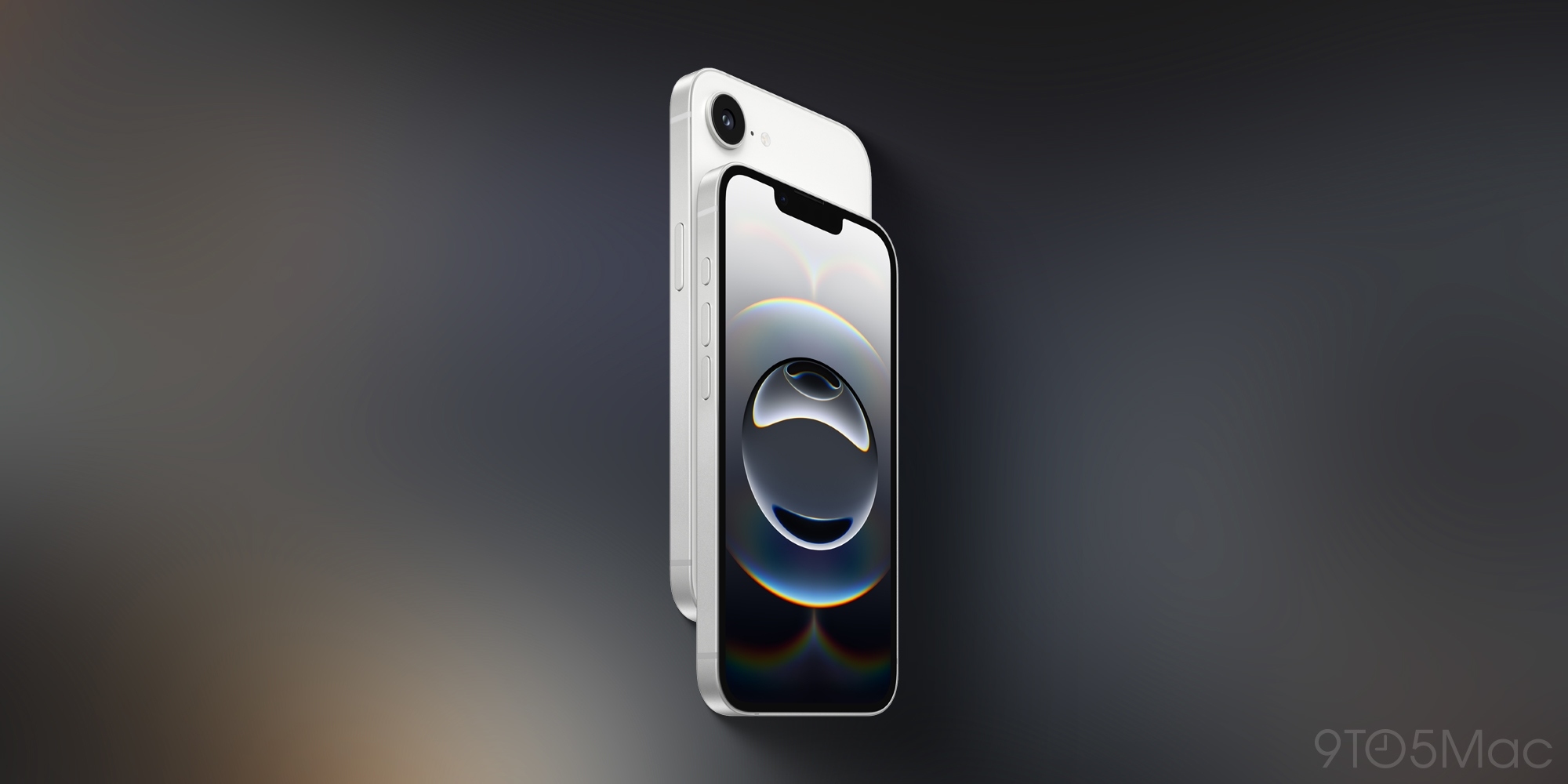The recently announced iPhone 16e from Apple is powered by the A18 chip. While this chip is also found in the iPhone 16 and iPhone 16 Plus, reports from DMN indicate a minor variation in the chip used in the iPhone 16e, hinting that it employs a binned version of the chip for the more budget-friendly model. But what does this mean in practical terms?
What is a binned chip?
Prior to the introduction of the iPhone 16e, there were already two separate iterations of the A18 chip available. The A18 Pro features a 6-core CPU alongside a 6-core GPU and is utilized in the iPhone 16 Pro models. For the standard models, Apple incorporates the A18 chip, which also has a 6-core CPU but is equipped with a 5-core GPU. Both versions are designed with 8GB of RAM.
So, what about the A18 chip found in the iPhone 16e? As per Apple’s information, it features a 4-core GPU, which is two cores fewer than the A18 Pro and one less than the A18 in the iPhone 16 and 16 Plus. This suggests that the A18 chip in the iPhone 16e might indeed be a binned chip (similar to the A18 used in the iPhone 16, likely a binned variant of the A18 Pro).
Chip binning is a manufacturing technique utilized for quality control. Instead of discarding chips that don’t meet the peak performance of all their cores, manufacturers may deactivate some cores to create a functional chip with fewer cores. Apple has previously implemented binned chips in its products, like the iPad mini 7, which contains a version of the A17 Pro chip with one less GPU core than the original.
Does this imply that the iPhone 16e is slower or underperforms? Most users likely won’t notice a difference. The CPU remains identical to that in the base iPhone 16 model, which is adept at managing demanding tasks. The primary variance lies in graphics performance. To put it in context, the iPhone 16 Pro’s GPU is approximately 15% faster than the standard A18 GPU, owing to its additional core.
The only individuals who may perceive a difference are those who frequently engage in 3D gaming or video editing on their iPhones. However, for users transitioning from older iPhone models, even the binned A18 chip will deliver enhanced speed. If you’re not upgrading from an iPhone 16 or 16 Pro to an iPhone 16e, there’s no cause for concern.
More about iPhone 16e

The iPhone 16e also showcases a 6.1-inch OLED display, a 48-megapixel rear camera, Face ID, and a USB-C port. Additionally, it incorporates Apple’s first custom 5G modem for improved energy efficiency.
Pre-orders for the iPhone 16e will commence on Friday, February 21. The initial orders are set to be delivered shortly thereafter on February 28. Pricing begins at $599 for the 128GB version, with availability for 256GB and 512GB options in white and black.



